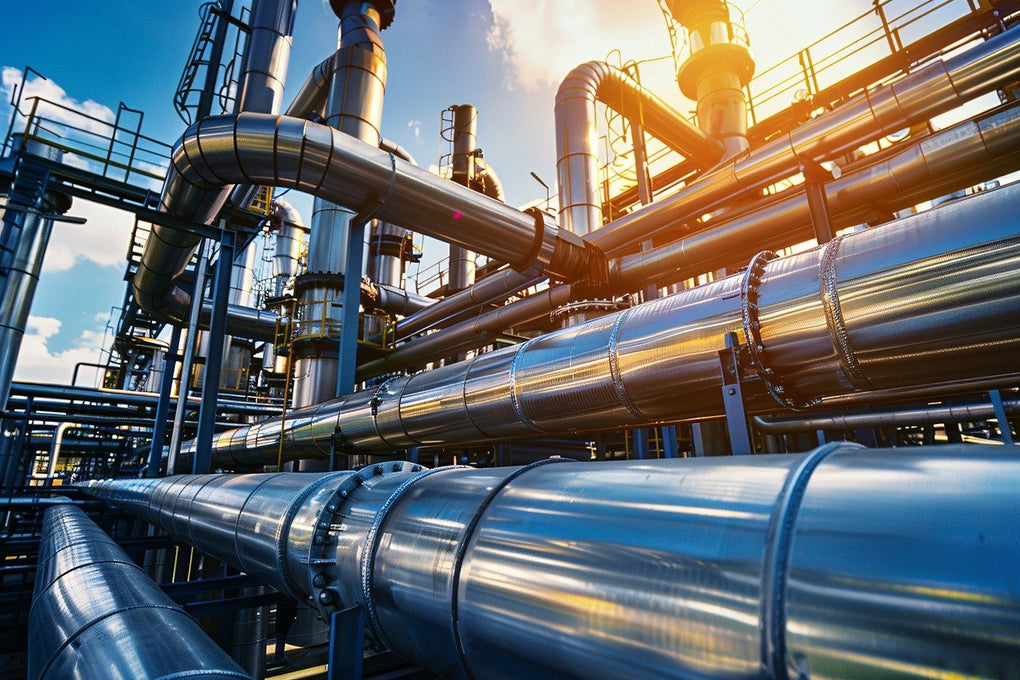What are the signs that it is time to replace parts in your methane digester?

The proper functioning of a methane digester largely depends on the maintenance of its spare parts. These parts, subjected to constant and sometimes severe constraints, wear out over time, and premature replacement can lead to unnecessary costs, while replacement too late can compromise the efficiency and profitability of your installation. But how do you know when it is really necessary to replace a part? In this article, we discuss the signs that indicate that it is time to replace it, in order to guarantee the performance and durability of your methane digester.
1. Decreased efficiency of biogas production
One of the first indicators that it is time to replace some parts of your methane digester is a drop in biogas production. If you notice that the amount of biogas generated no longer matches your expectations or your previous production, this may be a sign that some components, such as pumps, injectors or filtration systems, are no longer working properly.
What to do?
Check the parts associated with biogas production and delivery. If any critical components are obsolete or damaged, replacement is likely necessary to restore system efficiency.
2. Gas leaks or pressure losses
Gas leaks or insufficient pressure in the methane digester are clear signs that some parts need to be replaced. This could be gaskets, pipes, or valves that deteriorate over time. Leaks are not only a source of waste, they can also be dangerous for the safety of the installation.
What to do?
Carefully inspect seals, pipes and valves. If leaks or signs of wear are detected, it is imperative that these parts be replaced without delay in order to maintain the safety and efficiency of your methane digester.
3. Worn or corroded components
Worn or corroded parts, especially in environments with extreme humidity and chemical conditions, are a sure sign that replacement is needed. Metal parts such as reactors, mixers or valves can deteriorate over time due to corrosion or sediment build-up.
What to do?
Inspect the metal parts of your methane digester for rust or corrosion. Replace faulty components immediately to avoid more serious problems, such as breakage of important parts, which can lead to unexpected breakdowns.
4. Unusual noises or excessive vibrations
Unusual noises or excessive vibrations can be a sign of poor performance of certain mechanical parts of the methanizer. This can concern pumps, motors or compressors which, if misaligned or damaged, generate abnormal noises and vibrations.
What to do?
Listen carefully to the operation of the methane digester. If you detect suspicious noises or vibrations, it is important to check the condition of the moving and mechanical parts. Preventive maintenance or replacement of defective parts can prevent major breakdowns.
5. Feeding or circulation problems
Problems with the feeding or circulation of materials in your biogas plant (such as blockages or irregular circulation) may indicate that certain parts, such as pumps, motors or filtration systems, are no longer working properly. These problems can slow down the biogas process and affect biogas production.
What to do?
If you observe blockages or irregularities in the circulation, check the components associated with the circulation of inputs and the evacuation of residues. Prompt replacement of defective parts will restore optimal operation of the methanizer.
6. Increased maintenance costs
A sudden increase in maintenance costs can be a sign that parts are starting to fail. If frequent repairs or replacements become necessary, it is often more cost-effective to replace worn parts before they cause major breakdowns.
What to do?
Reassess the maintenance costs of your methane digester. If these become excessive or recurring for certain parts, it is probably time to replace them to avoid unforeseen expenses and improve the profitability of your installation.
7. Sealing problems
Sealing tanks and pipes is essential to maintaining optimal methanation conditions. If you notice moisture buildup, mold, or signs of leaks, this may indicate that sealing-related parts (such as gaskets or membranes) are defective and need to be replaced.
What to do?
Ensure that all sealing elements are in good condition and replace them if necessary. Regular maintenance of seals and membranes ensures that your methane digester operates efficiently without the risk of leaks or energy loss.
Conclusion: Prevention is better than cure
The key to maintaining the profitability and efficiency of your biogas plant is proactive management of its maintenance and parts replacement. Don’t let signs of wear or technical problems affect your biogas production. By paying attention to these signs and replacing parts in a timely manner, you not only ensure the performance of your biogas plant, but also its long-term durability.
Don’t wait for a small problem to become a costly breakdown. If you notice any of these signs, don’t hesitate to consult our experts and replace your biogas plant parts with high-quality components to ensure the continuity of your biogas production.





